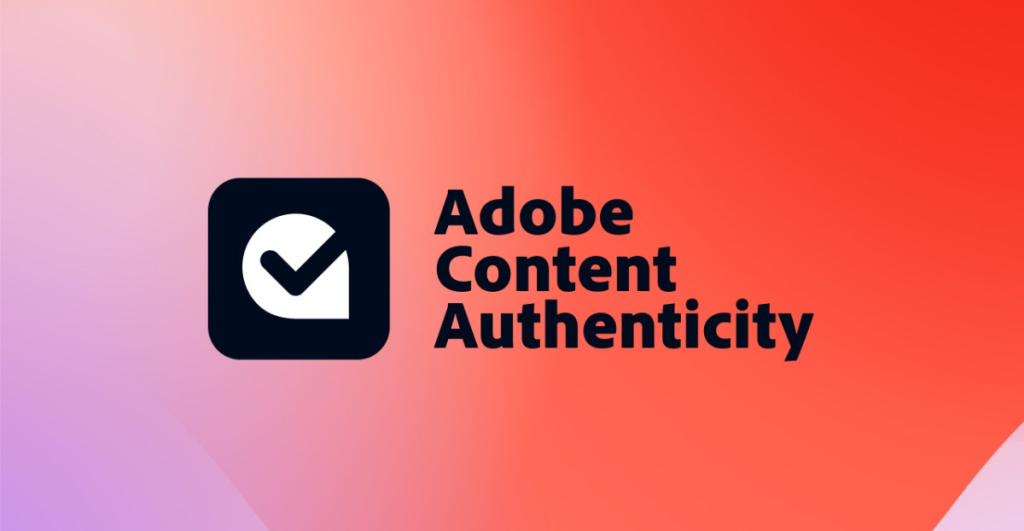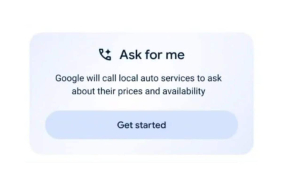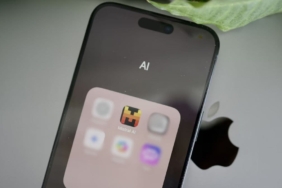Adobe has unveiled a new web application designed to help creators secure proper attribution for their work, even amidst the widespread digital sharing of images. The Content Authenticity web app, now in public beta, can embed invisible and tamper-proof metadata into images to clarify ownership.
Initially announced in October, the tool builds upon Adobe’s existing Content Credentials attribution framework. It allows artists to integrate identifying details directly into their creations, including links to social media, websites, and various other identifiers. Additionally, the application tracks the editing history of images and serves as a defense against unauthorized AI training on creative works.
To enhance security, Adobe’s Content Authenticity app, as well as its Behance portfolio platform, enables creators to verify their identities using LinkedIn. This is intended to prevent the association of Content Credentials with fraudulent online profiles. The strategy may also implicitly target platforms like X, formerly known as Twitter, which was involved in the Content Authenticity Initiative in 2019 before distancing itself and shifting to a paid verification model under Elon Musk’s leadership.
The web app is currently offered free of charge during its beta phase, although Adobe has not indicated any potential changes to this pricing upon its full release. Users simply need an Adobe account, without necessitating an active Creative Cloud subscription.
Images to which users wish to apply Content Credentials need not have been created in Adobe’s software. While programs like Photoshop can embed these credentials, the new app offers users enhanced control over the accompanying information and allows for bulk tagging of up to 50 images at once. Presently, it supports JPEG and PNG formats, with plans to extend compatibility to larger files and various media types, including video and audio, in the future.
The app also enables users to tag their work, indicating to developers that they do not permit its use for AI training. This streamlined approach simplifies what would typically involve negotiating individual agreements with various AI providers, although it remains uncertain whether these tags will always be honored across the board.
Adobe is collaborating with policymakers and industry stakeholders to establish efficient opt-out frameworks powered by Content Credentials tailored for creators. This is one of several strategies available to safeguard creative works from unauthorized AI usage, alongside other initiatives like Glaze and Nightshade. Andy Parsons, Adobe’s Senior Director of Content Authenticity, mentioned to Technology News that third-party protections should not conflict with Content Credentials, providing a complimentary layer of protection for creators.
The Content Authenticity app is accessible not only to professionals but to anyone who wants to verify if online images possess Content Credentials. Similar to the Content Authenticity extension for Google Chrome launched last year, the web app includes an inspection tool that can retrieve and present Content Credentials, even if those details have been removed by the hosting platform. This includes editing history, which may indicate whether AI tools were used in the creation or alteration of the images.
The Chrome extension and inspection tool operate independently of third-party assistance, ensuring straightforward authentication of content on platforms that often experience a lack of attribution. With the rise of easily accessible AI editing tools complicating the identification of altered images, Adobe’s Content Authenticity tools aim to help users avoid being misled by sophisticated online deepfakes.







